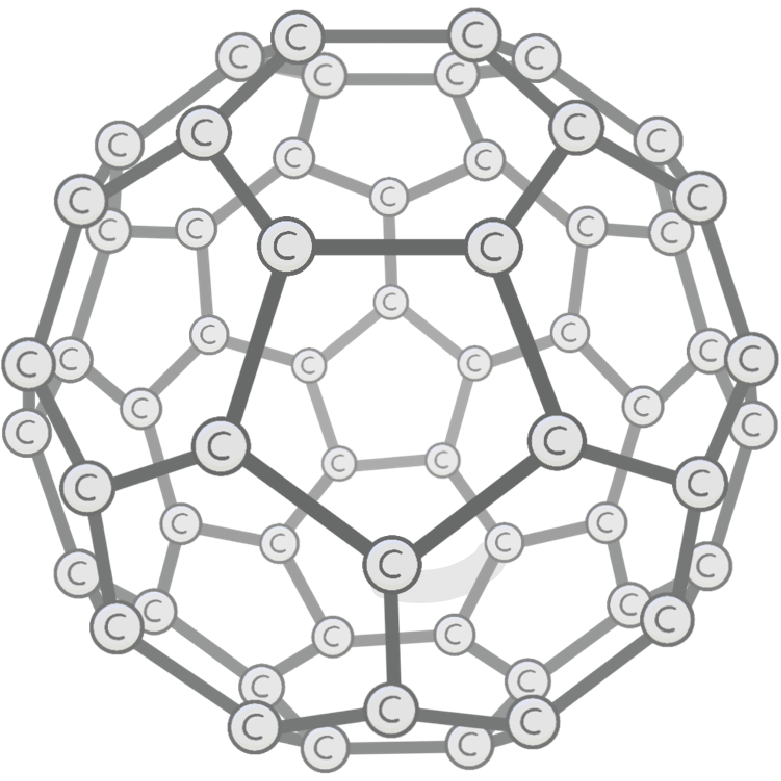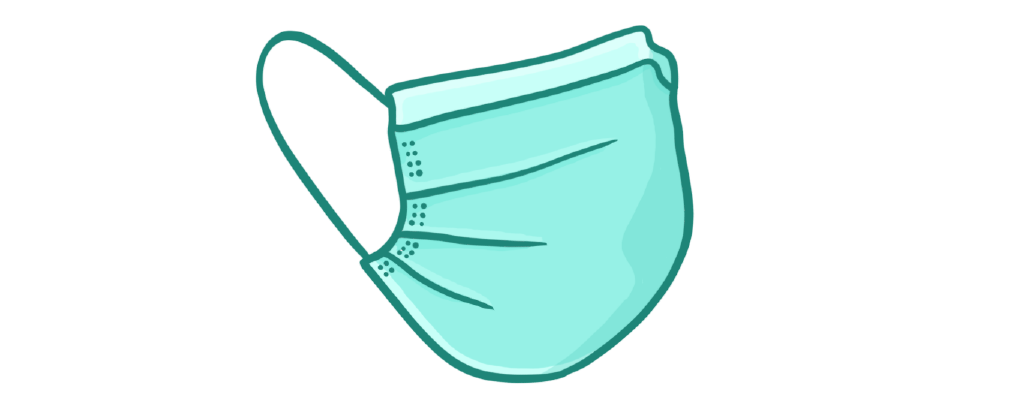Nanoparticles
This lesson covers:
- What nanoparticles are
- The properties and uses of nanoparticles
- The potential risks of nanoparticles
What size of particles are considered nanoparticles?
10,000nm - 1mm
1nm - 100nm
1000nm - 10,000nm
1mm - 10mm
|
The field of research that focuses on nanoparticles is known as . This research looks at the properties and applications of nanoparticles.
|

reactants / catalysts / high / low
Nanoparticles have a very surface area to volume ratio.
This means they make very good in chemical reactions.
|

___________ are nanoparticles made of spheres of carbon atoms, which may be used in the future to deliver medicines into our cells.
Toxins
Catalysts
Fullerenes
|

lead / silver / copper / bacterial / odour / infections / irritation
Nanoparticles containing the element are known to have anti- properties.
This means we can insert them into surgical masks or wound dressings, to reduce the risk of .
|
Select the potential harmful effects of sun creams that contain nanoparticles:
(Select all that apply)
They may cause harm to oceanic environments
They are expensive to manufacture
They do not provide protective coverage of the skin
They may enter cells and cause damage to our DNA
|
Nanoscience is a relatively new field, so many of the benefits and risks of nanoparticles are not yet known to us.
For this reason, some products may not be released into the world until enough research has been carried out to ensure they are safe.
Some nanoparticles may be used in electrical circuits because they are small and electricity.
|